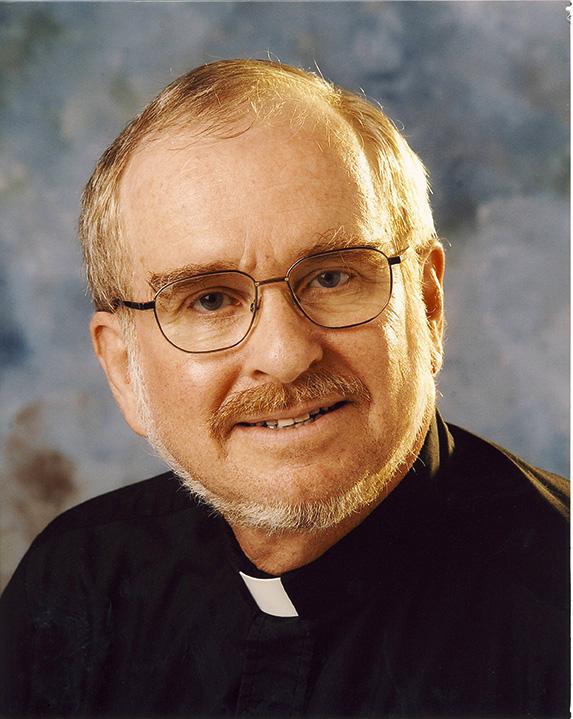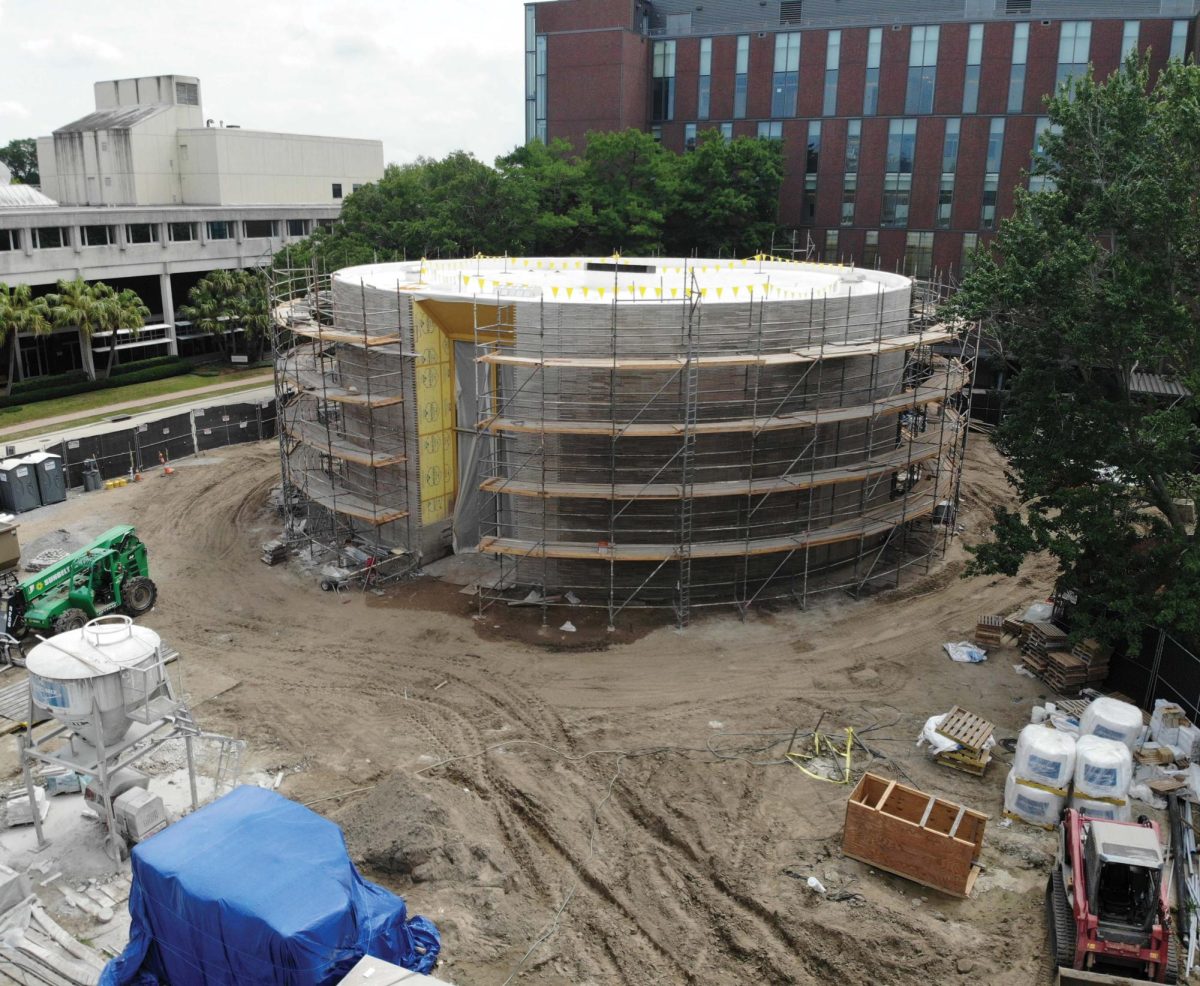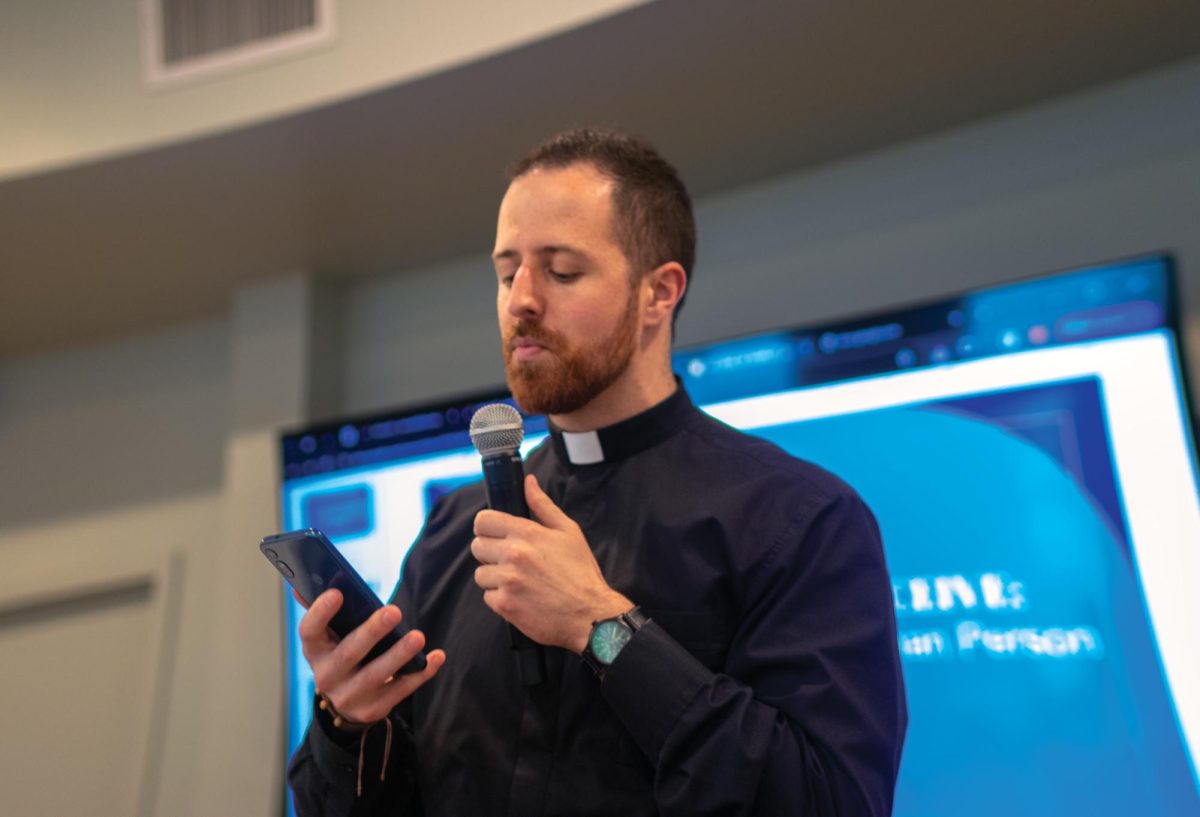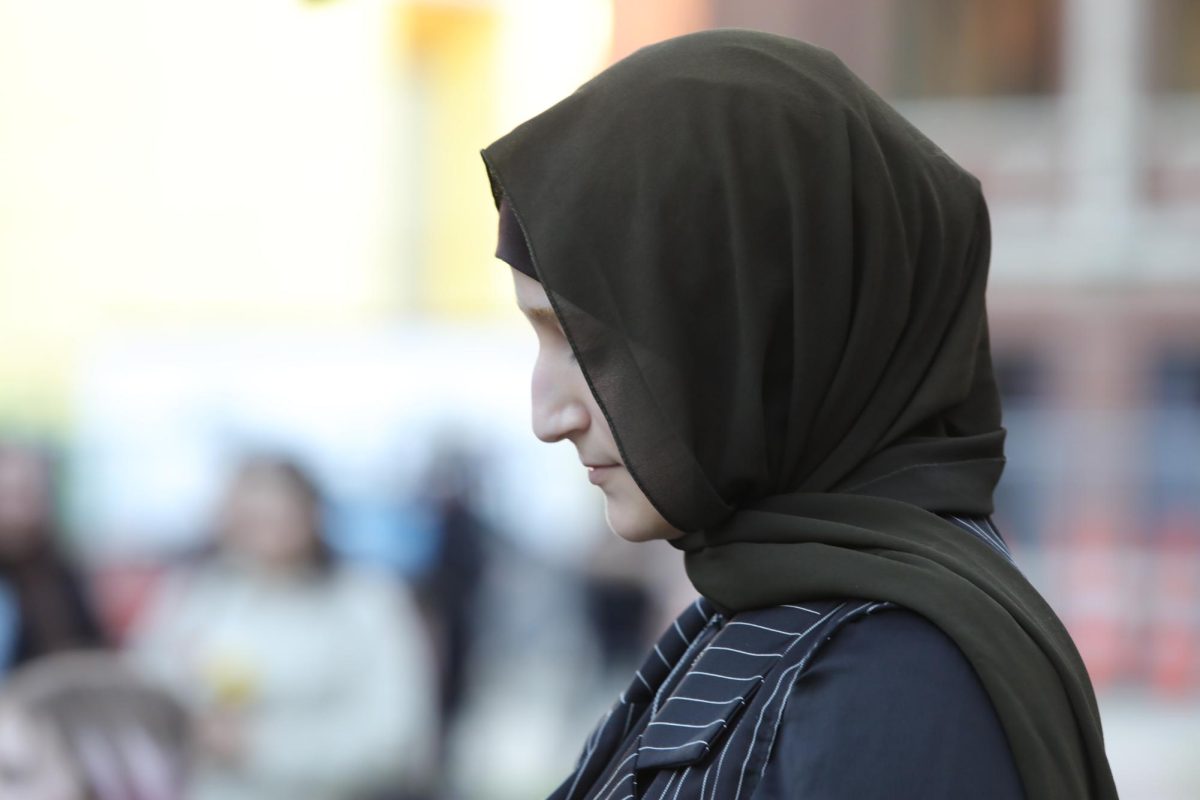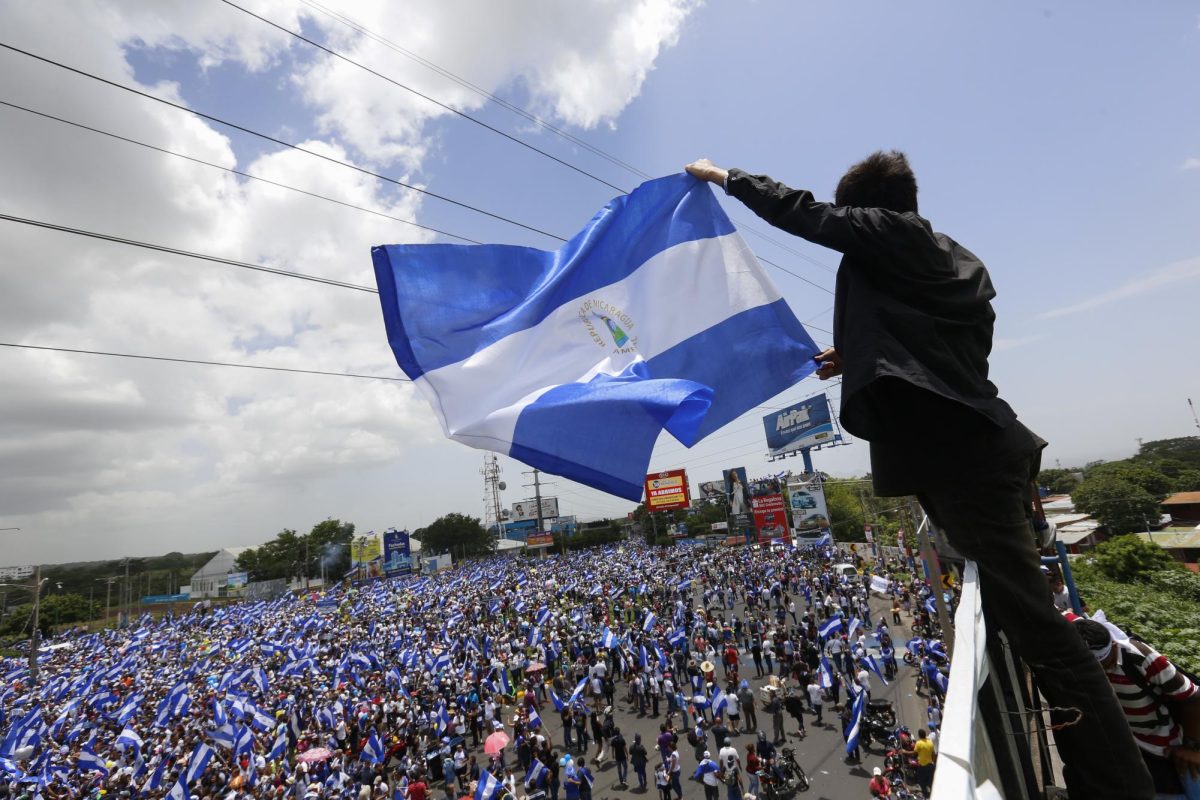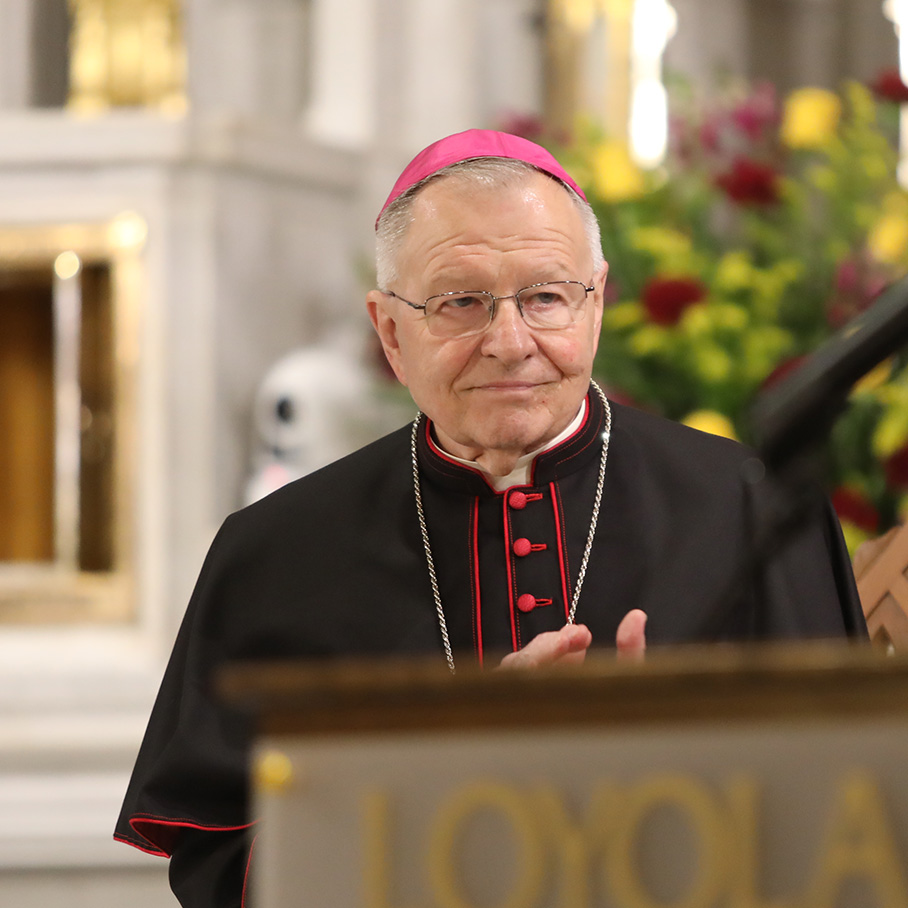This year marks not only Loyola University’s one-hundredth anniversary but also the fiftieth anniversary of the opening of the Second Vatican Council.
One-half of Loyola’s hundred- year history occurred before the opening of the Council, and one- half of its history occurred after it. Loyola has become a very different place from what it was 1962, in large part because of the Council.
I’d guess that very few people know much about the Second Vatican Council. First, let me tell you that it was a really big deal for the Church: a big deal and a big meeting.
“Councils” are gatherings of all the bishops, patriarchs and heads of religious orders in the Church to treat questions of Church doctrine or practices. The voting members of the Second Vatican Council numbered more than 2,600. There have only been 21 councils in the history of the Church.
Pope John XXIII called this council in January of 1959, which surprised everyone, especially members of the Church bureaucracy. Councils seemed superfluous after the definition of the pope’s infallibility by the First Vatican Council. The pope was the head of the Church with full powers to teach and to govern.
Everything was running smoothly: The “deposit of faith” handed down from the Apostles was being faithfully transmitted, and deviant opinions were rigorously suppressed. Church boundaries were clear: what one had to do and believe to be “in” was clear and indisputable. Who was outside was also clear: heretics, schismatics, non-believers, Jews, Muslims, Hindus and Buddhists. Catholics were forbidden to worship with non-Catholics.
Disobedience to God’s commands and Church laws were sins that separated one from God and merited eternal damnation until confessed and absolved by a priest. Sexual fantasies (“impure thoughts”) and physical intimacies which aroused sexual pleasure were ipso facto mortal sins. Lines outside confessionals were very long on Saturday afternoons.
Pope John XXIII called the Council to “open the Church’s windows.” All that was outside the Church was not unholy. The Church needed to update its message and practices to speak effectively to contemporaries. He referred to the Council as a “new Pentecost.”
Pope John XXIII understood that the Scriptures, the writings of the early Church and the history of worship provided resources for the Church to do things differently and better.
The outcome of the Council, which met for several months during the fall seasons of 1962- 1965, was a collection of statements. The most important of these statements were the four “Constitutions” on the Liturgy, the Church, Revelation and the Church in the Modern World. Each was the result of numerous revisions and compromises as the Council members tried to reach consensus, or as close to it as possible.
Inevitably the meaning of the Council and its documents is controverted in the same way as past national or international assemblies that have produced major policy statements. Recall, for example, past and present conflicts about the meaning of the United States Constitution. Some would reduce the significance of the Second Vatican Council to its 16 final texts.
These texts are bland in the extreme. Reading them without knowing any of the history of the
Council’s deliberations or any sense of what the Church was like before the Council might lead the reader to wonder, “What was all the excitement about? I don’t get it.”
The current issue of “Conversations” recently sent to faculty and staff by the Office of Mission and Ministry conveys the “Spirit of the Council” and shows its effects in U.S. Jesuit Colleges and Universities.
Fr. John O’Malley’s lead article shows how different the “style” of this Council was from preceding ones. He argues that this change of style was the most important outcome of the Council. Those who limit or reject this style resist O’Malley’s claims. I strongly recommend everyone read this issue of Conversations. It definitively answers the question: “What’s the big deal about the 50th anniversary of the Second Vatican Council?”
Fr. Rowntree is an associate professor of philosophy and can be reached at rowntree@loyno.edu


